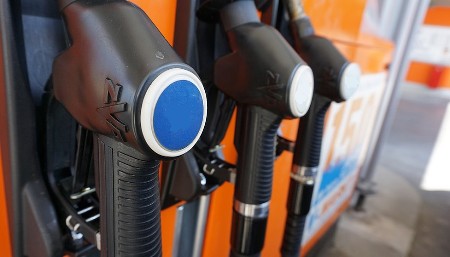In a recent report from the Lawrence Livermore National Laboratory (LLNL) looking at how the State of California can achieve carbon neutrality by 2045 through negative emissions, researchers have set a goal to remove 125 million tons of carbon dioxide (CO2) annually from the air.
How much would this cost? About $10 billion US per year or less than 0.4% of the State’s current gross domestic product (GDP). The solutions proposed to meet this goal exist either at scale or in demonstration and pilot projects, and among them is converting waste into hydrogen fuel.
California isn’t alone in seeking a waste-to-fuel solution that produces a green-fuel end product. But therein lies the challenge. So far, the cheapest technologies to make hydrogen fuel, a carbon-free alternative to fossil fuels, involves processes that churn out greenhouse gas emissions.
Technologies to Harvest Hydrogen Are Largely Not Green
The LLNL report describes various hydrogen harvesting technologies in its search for negative-emissions end results. But other than hydrogen electrolyzers that are powered by renewable energy sources (hydro, wind, solar and geothermal), none of the methods reported include green hydrogen fuels.
Instead, hydrogen extraction is coming from a variety of sources such as syngas from biomass, natural gas, and methane. Carbon emission problems with these processes do not move the state into the desired negative emissions scenario. This type of hydrogen is classified as gray. Only by adding carbon capture and sequestration (CCS) to the post-production process can the classification move closer to green.
Another described process extracts hydrogen using hydrothermal liquefaction. The energy and materials used come from feedstocks of forest and green municipal waste. This hydrogen extraction also produces GHGs and needs added CCS for reclassification to blue, one step short of being fully green.
Another described process uses recovered bio-oils (animal and vegetable fats and the like). It uses fast pyrolysis to convert the rendered oils into non-polluting hydrogen. Even here the process yields GHGs and requires CCS.
LLNL Could Have Looked at Ways2H in Their Own State
Not mentioned in the LLNL report is a hydrogen systems supplier, Ways2H Inc., a Long Beach company that converts waste to hydrogen fuel. This California company announced last week that it was teaming up with Element Two, a U.K. fuel retailer, to implement waste-to-hydrogen refuelling stations throughout the United Kingdom, beginning with deployment in Scotland where it plans to implement 40 sites.
Ways2H recycles municipal solid waste, plastic, sewage sludge and other garbage by using a carbon-neutral process to extract pure hydrogen for fuel-cell vehicles or power generators. The company sees unrecyclable plastic as a perfect feedstock for its patented technology which it describes as an advanced thermochemical process producing hydrogen with net zero-carbon output.
In Scotland, Ways2H and Element Two will produce every day up to a metric ton of renewable hydrogen at each of its filling station sites. The plan is to grow to a hydrogen-fuel infrastructure to 2,000 stations across the United Kingdom and the European Union by 2030. The technology has already successfully been deployed at a waste-to-hydrogen plant in Tokyo, Japan.
Element Two and Ways2H see their primary target as the long-haul trucking industry. A fuel-cell-powered rig could conceivably travel 1,600 kilometres (1,000 miles) between hydrogen refills which would take no longer than pumping diesel or gasoline.
A proposal to build 100 hydrogen-refuelling stations in the works for implementation along the interstate highway system in the U.S. With the Biden administration putting infrastructure money into recharging stations on the interstate system it should be a no-brainer to add hydrogen to the energy mix. Currently, California has 50 working hydrogen refuelling stations. That’s why it was surprising to me that Ways2H was never mentioned in the LLNL report.









